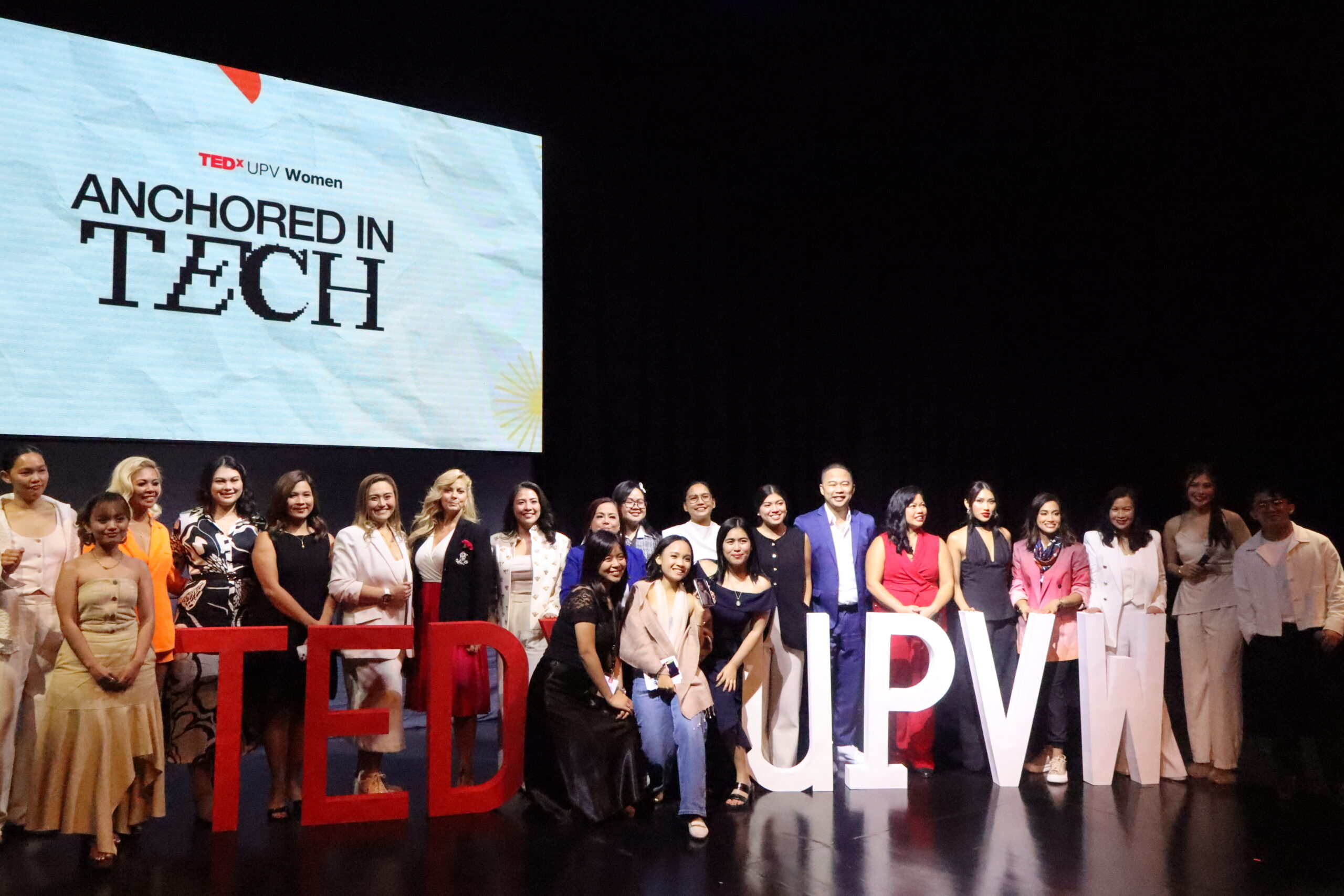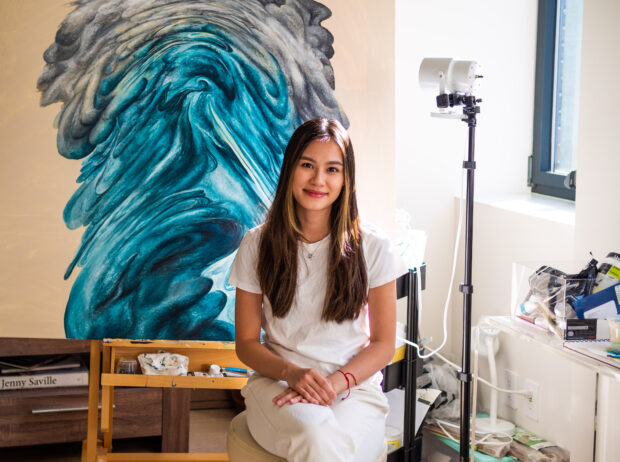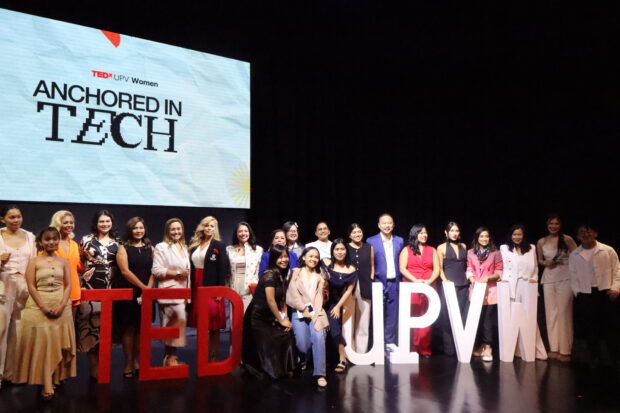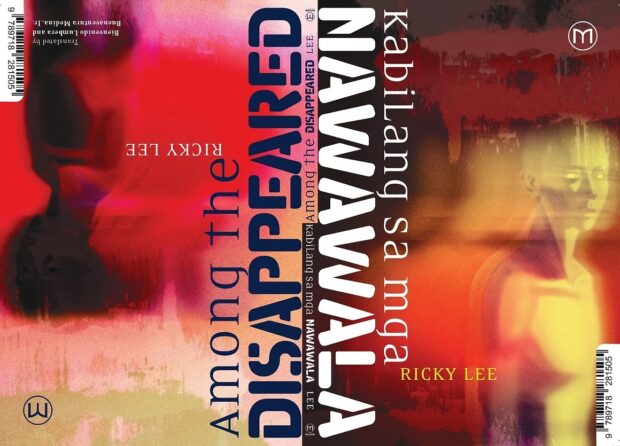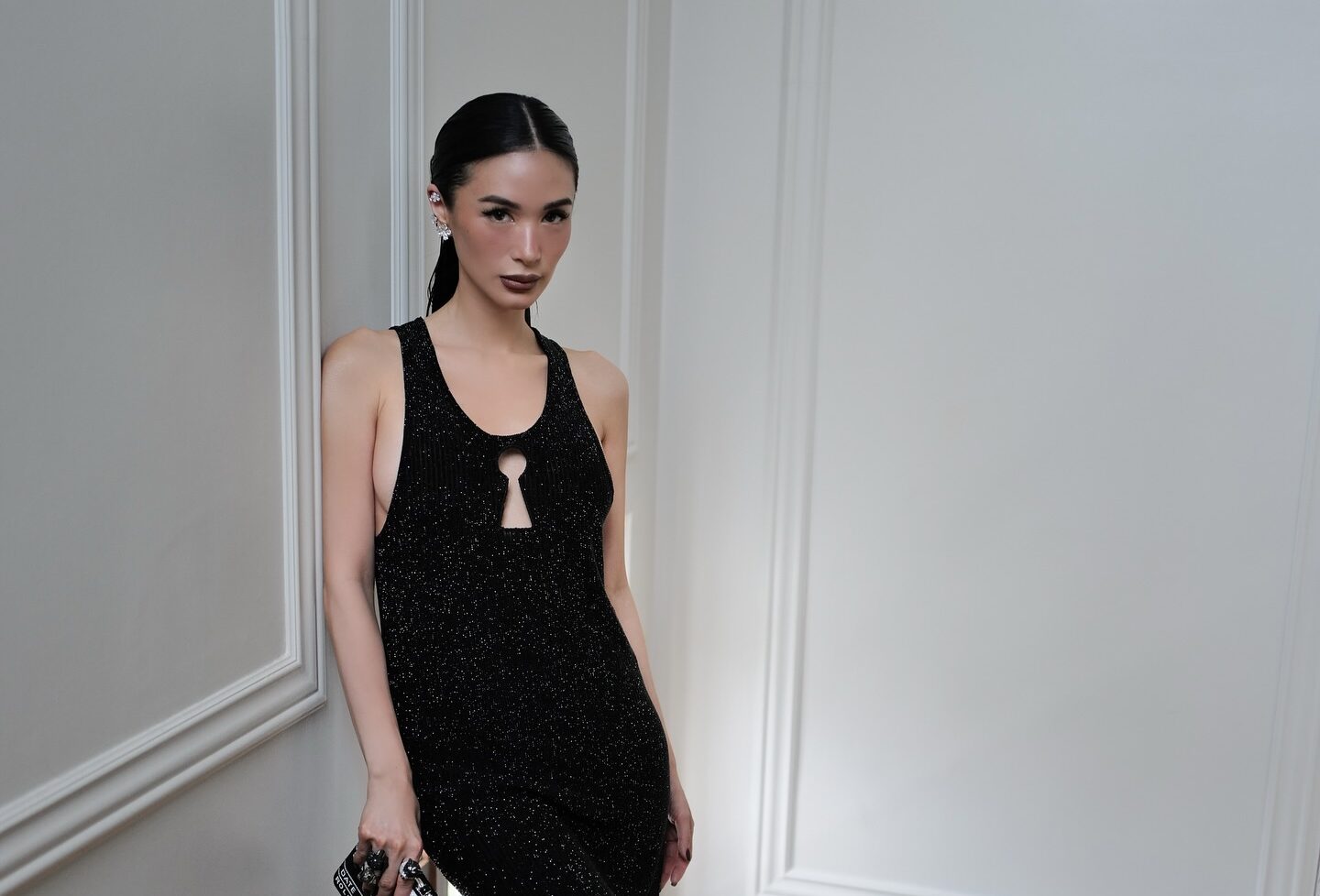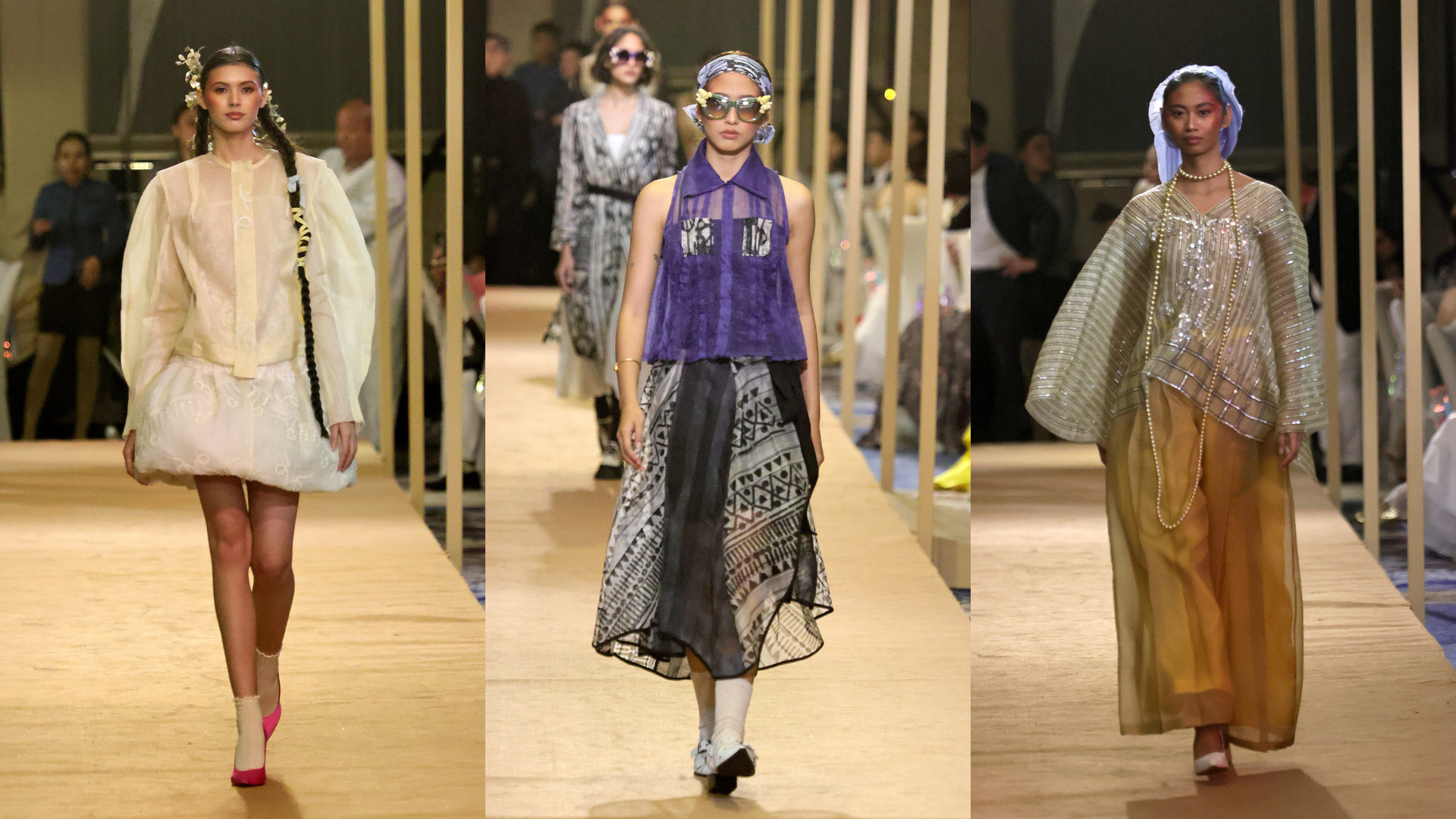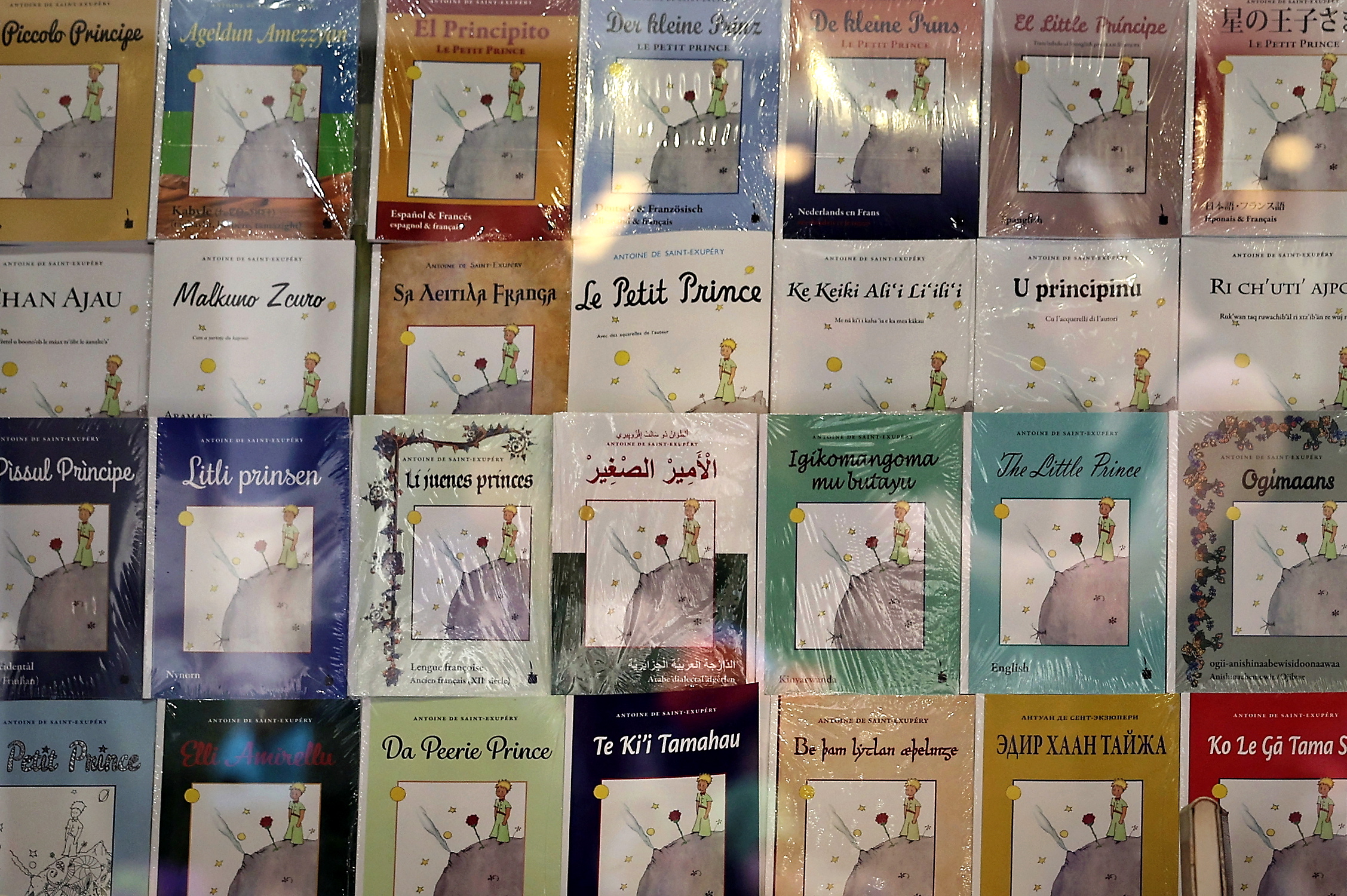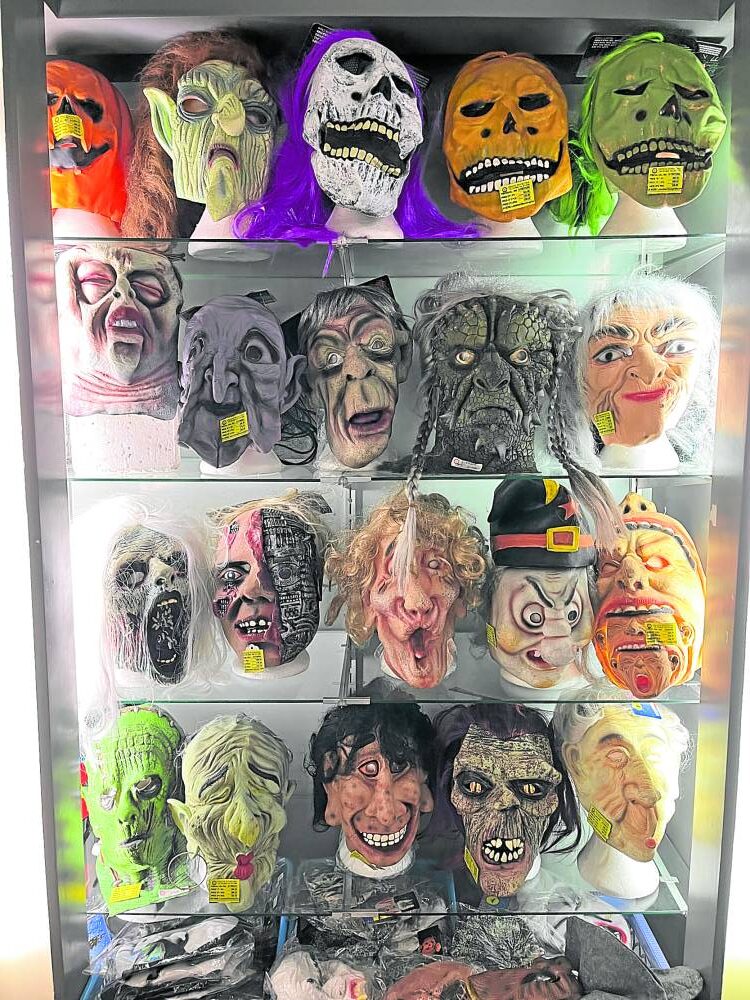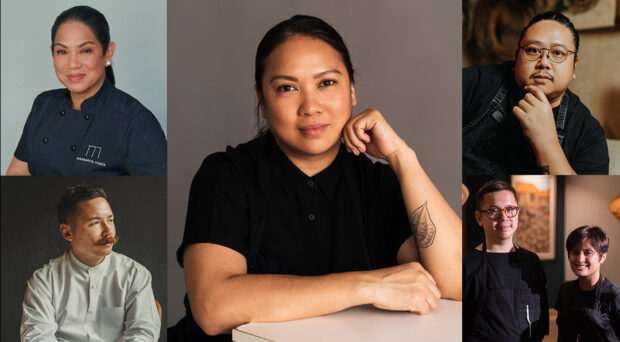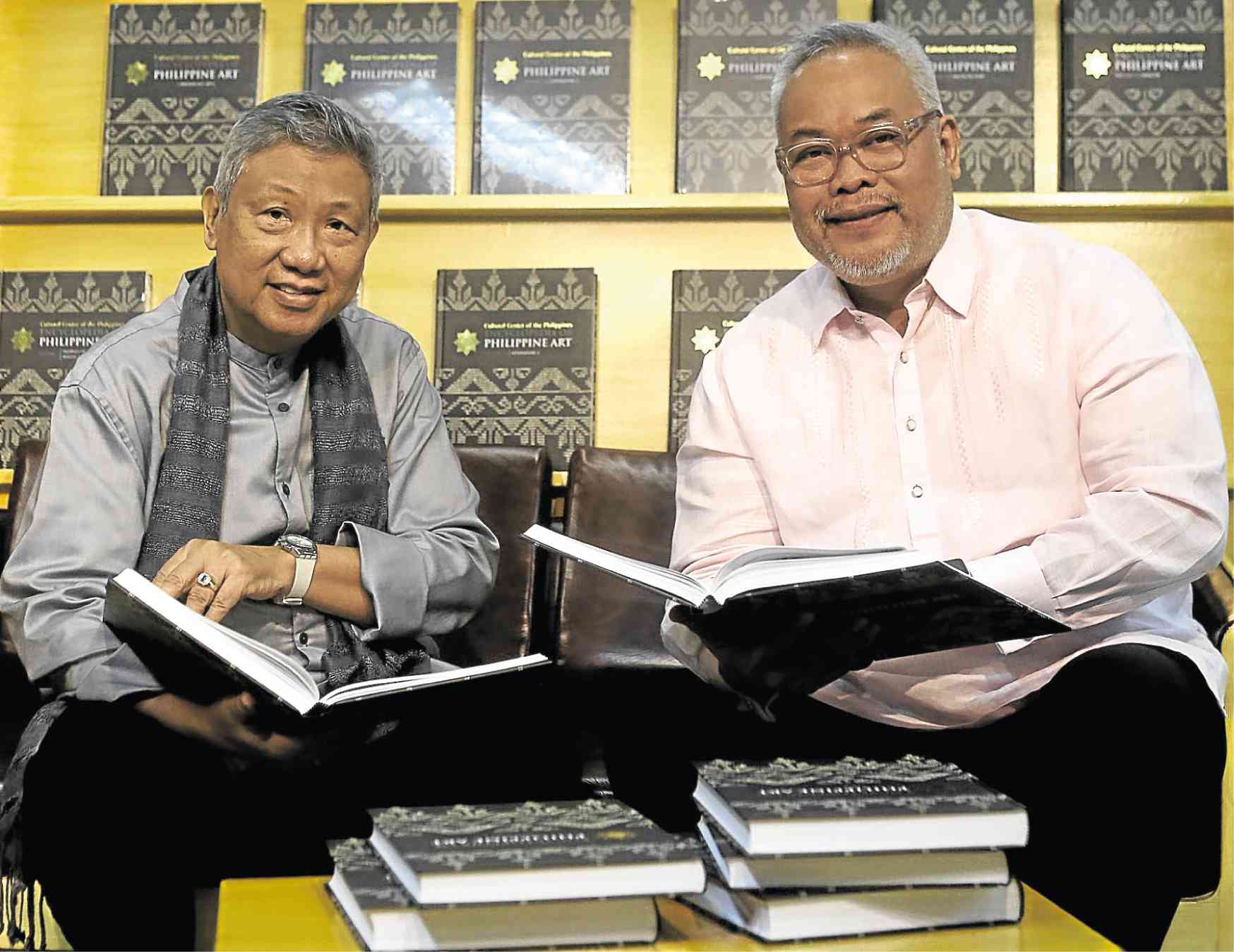
When I finally got my hands on the sumptuous new 12-volume edition of “The Cultural Center of the Philippines (CCP) Encyclopedia of Philippine Art,” my first impulse was to crack open Volume 5, “Visual Arts,” to confirm a hunch.
Sure enough, when I got to the section on significant contemporary artists, in between entries for “Lee, Ileana” and “Legaspi, Cesar” was a concise but comprehensive essay on “Lee, Romeo,” the art scene’s perennial and often overlooked vagabond.
Hardly a scientific approach, but it did offer a gauge of how inclusive and incisive the new series is.
By giving equal respect to popular expressions and the more traditional “fine” arts, it offers a decidedly pro-Filipino, anti-elitist view of Philippine culture.
In the volume on “Film,” for instance, aside from such classics as “Noli Me Tangere” and “Maynila: Sa Kuko ng Liwanag,” is an entry on “Uhaw,” the 1970 film that opened the floodgates for the “bomba” sexploitation genre.
According to Nicanor G. Tiongson, Ph.D., the encyclopedia’s editor in chief, the new edition offers a more inclusive view of Filipino culture that erases the old distinction between “high” culture and “popular” culture.
“We don’t subscribe to that,” he says. “It’s a very elitist concept. Who decides what is high art? We were very careful about that. This is the CCP, and it should not look like we are creating a canon of works that represent what is ‘legitimate.’”
The same goes for what are traditionally considered fine arts, such as painting and sculpture, and traditional or artisanal crafts, such as tribal weaving and carving.
Not inferior
“We regard all forms on the same level,” he says. “You appreciate T’boli textiles for their own aesthetics and what they symbolize—the dreams of the weaver. They’re not inferior to Dali, they have their own philosophy of art.”
The current edition is a significant improvement on the previous 1994 edition, in terms of content, presentation, breadth and depth. It now has 12 volumes (compared to the previous edition’s 10), printed in full color (the previous edition was in black and white).
Volumes 1 to 3 cover “Peoples of the Philippines,” focusing on the cultural expressions of the major ethnolinguistic groups in the archipelago. Subsequent volumes cover Architecture, Visual Arts, Film, Music, Dance, Theater, Broadcast Arts and Literature.
The area editors hold impeccable academic credentials: Rosario Cruz-Lucero for Peoples of the Philippines and Literature; Rene B. Javellana for Architecture; Cecilia S. De La Paz for Visual Arts; Clodualdo del Mundo Jr. for Film; Jose S. Buenconsejo for Music; Basilio Esteban S. Villaruz for Dance; Apolonio B. Chua for Theater; Elizabeth L. Enriquez and Eulalio R. Guieb III for the Broadcast Arts; and Jonathan O. Chua for Literature.
The new edition also takes pains to break away from Manila’s traditional cultural hegemony to include regional expressions and art forms, such as Bikol literature and Cebuano film. There is an intention to democratize and decentralize artistic expression.
“The regional entries are very important,” says Tiongson. “We are very proud of the second edition because there are more writers from the regions. The Kalinga essay, for instance, was written by a Kalinga writer. The point of view is from the inside, not the outside.
“It’s very people-oriented,” he continues. “It has its own advocacies. The art forms of the ordinary people are included and respected. It also highlights the reasons for the disappearance of traditional art forms. The effects of logging, mining and militarization are confronted in the writing. The encyclopedia takes a stand with them against the powerful forces that are destroying or displacing them.
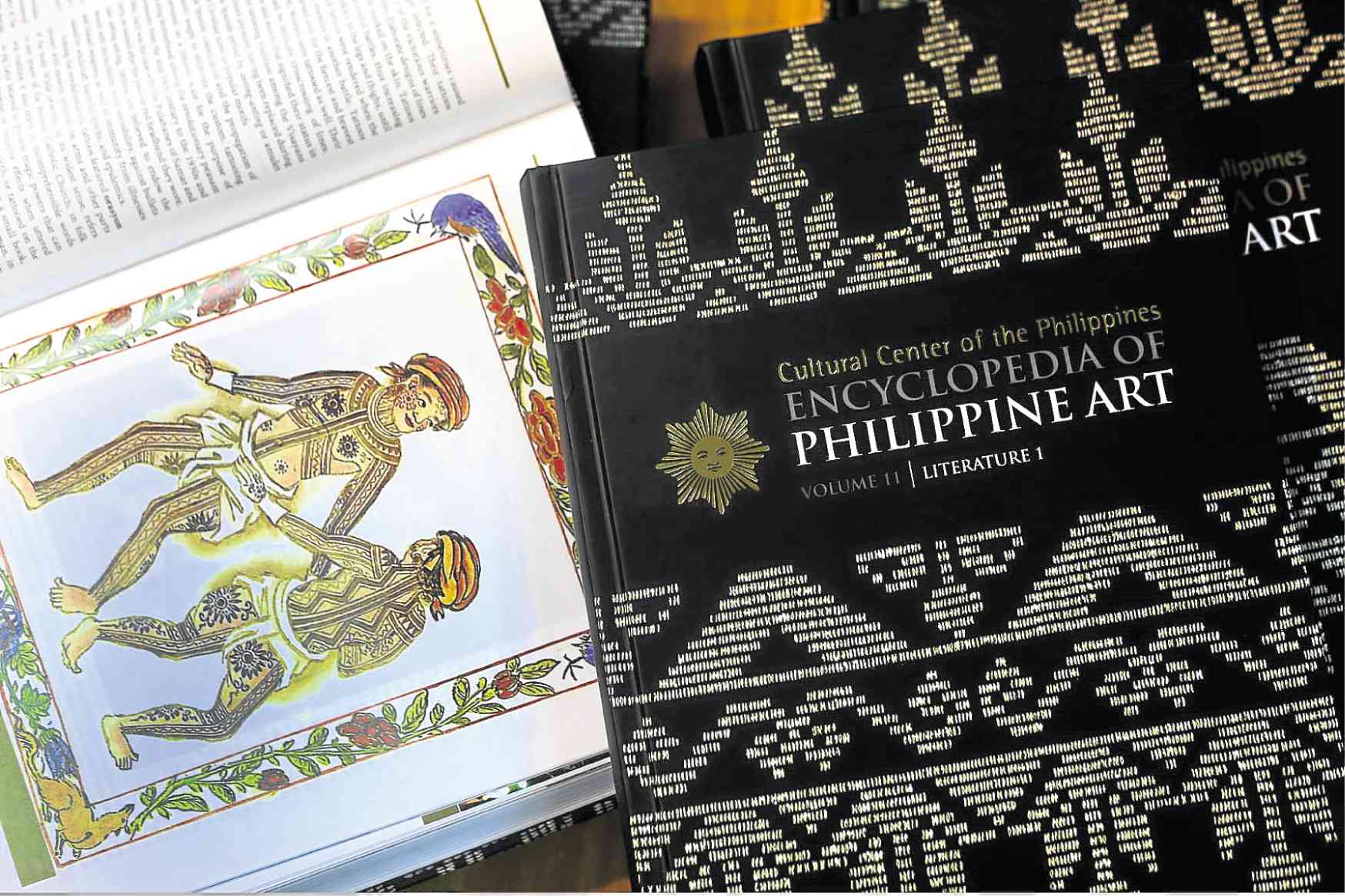
Conservationist advocacy
He says the encyclopedia also has a conservationist advocacy, especially with regard to heritage structures. Inclusion of important architectural works in the encyclopedia, he hopes, will alert readers to heritage structures that are under threat.
Despite its hefty price of P50,000 a set, the first edition of 2,000 is nearly sold out, mostly to educational institutions. A second printing will be undertaken early next year, but of more interest to ordinary Filipinos will be the launch of the online edition in September next year, to coincide with the 50th anniversary of the CCP.
The online edition will make the content more widely available and even more comprehensive, since it will be updated every three months and include audiovisual content.
“The best thing about the online edition is that it will be available to the public for free through public school libraries,” says CCP vice president and artistic director Chris B. Millado.
Private individuals will be able to subscribe to the online edition for about the same cost as a Spotify account, he adds.
Plans are also underway to install a digital table in the CCP Main Theater lobby which will allow patrons to access the encyclopedia. It will include exclusive interactive content. Also in the works: a mobile app and an offline version for regions that are still unconnected.
As far as the age-old debate about what is Filipino and what is not, the encyclopedia offers a more contemporary viewpoint.
“One of the groundbreaking things about the encyclopedia is that it actually defines what is ours to a certain degree,” says Millado. “It gives us an inventory and a good handle on what we can claim comes out of our own experience, our history. It localizes our definition of art—how we created it, its sources and its origins specific to our history. To a certain degree, it defines the terrain.”
“It is still concerned about Philippine art, but it is not nativistic,” says Tiongson. “It is very cognizant of the changes that have happened in our history. The idea of culture that we are working with is more anthropological—it’s a way of life evolved by a people in response to the conditions around them. But we also want to emphasize the importance of culture to nation-building. We hope to be able to create a nation with specific characteristics that we believe in.”
Given the accelerated pace of cultural change, any encyclopedia is necessarily always a work in progress, he says. A permanent editorial department has been formed to continuously update and expand the encyclopedia as art and its appreciation comes to play an increasingly important part of the daily life of the average Filipino.
“We see this as contributing to the knowledge of every Filipino, stimulating creativity and becoming a primary source for building creative content for those considering a career,” says Millado. “I think there is no other publication or encyclopedia that contains a comprehensive inventory of excellence.”
“The CCP Encyclopedia of Philippine Art” will be launched on Nov. 28, 5 p.m., at the Cultural Center of the Philippines Main Theater Lobby.

